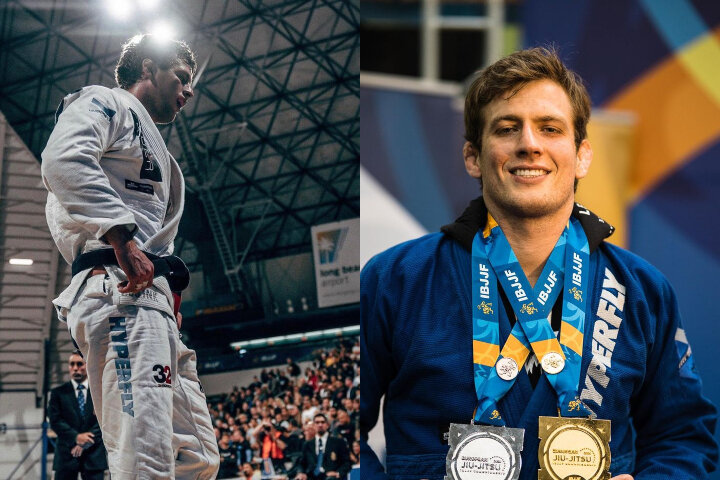There are several reasons why some of jiu jitsu’s biggest stars may disappear from the competitive scene for periods of time. For these three legends in particular, a combination of factors likely contributed to their decisions.
Erberth Santos is one of the greatest lightweight competitors of all time, winning multiple world titles from 2015 to 2018. However, he has competed sparingly since 2019. The physical demands of competitive jiu jitsu at the highest levels take a toll on the body over time. Santos is now in his early 30s, and he may have decided to scale back his competition schedule to manage injuries and preserve his health long term. Competing at an elite level requires an intense training regimen, which becomes more difficult to maintain as athletes get older.
Keenan Cornelius is a multiple-time world champion and no-gi pioneer who has been competing for over a decade. Like Santos, he is in his early 30s and has cut back on major competitions in recent years. In addition to managing the physical grind, professional athletes often have other opportunities that compete for their time, such as teaching, seminars, sponsor obligations and media appearances. What they gain from competition has to outweigh what they sacrifice to pursue it.
Eddie Cummings revolutionized leg lock techniques and was one of the most feared competitors for nearly 5 years. Now 40 years old, he has not competed since 2018. The physical demands simply become unsustainable at a certain point, and other priorities take precedence. Cummings now focuses his energy on his finance job.
In summary, a combination of factors likely contributed to these legends stepping away from competition, including managing the physical toll, balancing other opportunities and shifting priorities as they get older. However, their legacies as three of the greatest competitors the sport has seen will endure.

















